Mohammad Lotfollahi
Predicting single-cell perturbation responses for unseen drugs
Apr 28, 2022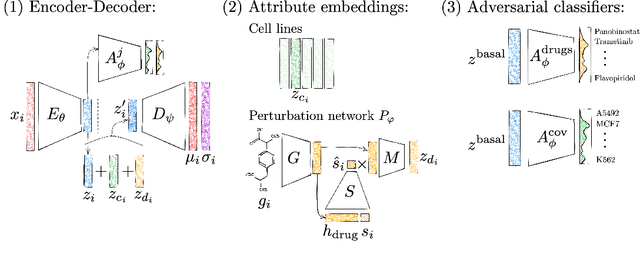



Abstract:Single-cell transcriptomics enabled the study of cellular heterogeneity in response to perturbations at the resolution of individual cells. However, scaling high-throughput screens (HTSs) to measure cellular responses for many drugs remains a challenge due to technical limitations and, more importantly, the cost of such multiplexed experiments. Thus, transferring information from routinely performed bulk RNA-seq HTS is required to enrich single-cell data meaningfully. We introduce a new encoder-decoder architecture to study the perturbational effects of unseen drugs. We combine the model with a transfer learning scheme and demonstrate how training on existing bulk RNA-seq HTS datasets can improve generalisation performance. Better generalisation reduces the need for extensive and costly screens at single-cell resolution. We envision that our proposed method will facilitate more efficient experiment designs through its ability to generate in-silico hypotheses, ultimately accelerating targeted drug discovery.
* 8 pages
Conditional out-of-sample generation for unpaired data using trVAE
Oct 30, 2019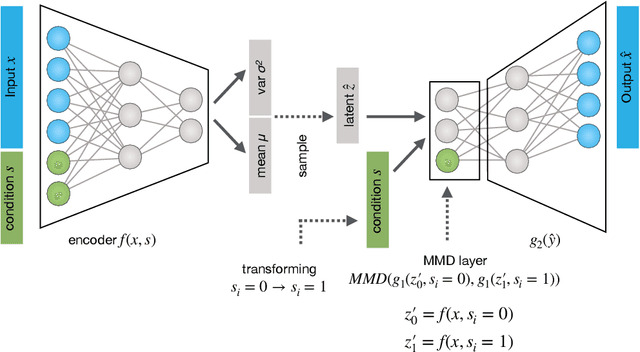
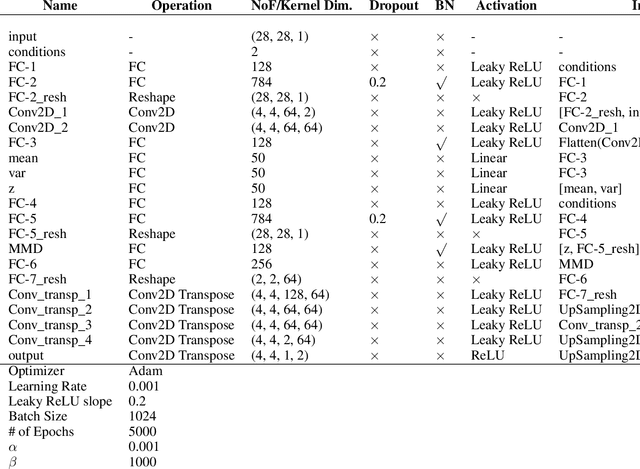
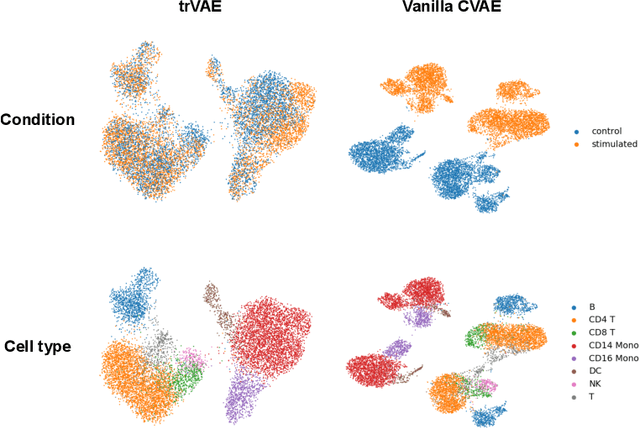
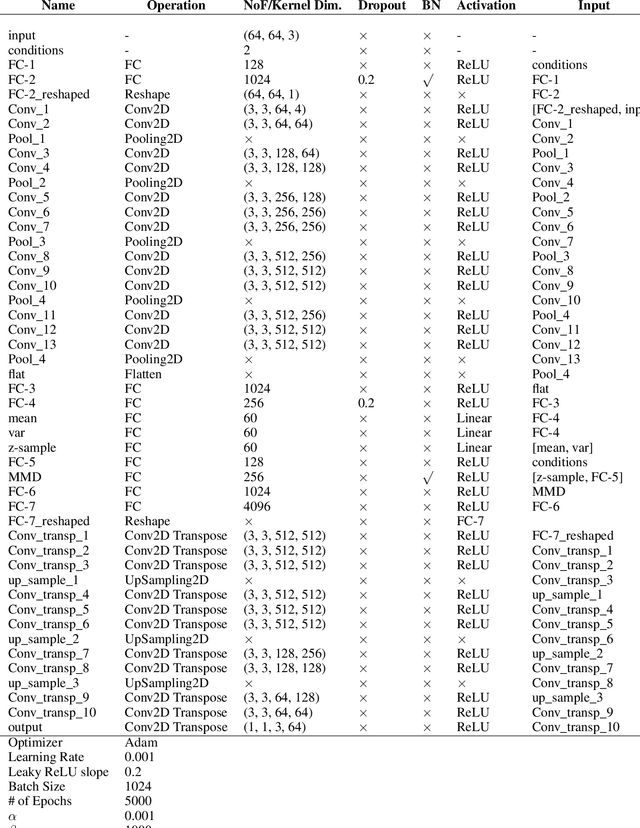
Abstract:While generative models have shown great success in generating high-dimensional samples conditional on low-dimensional descriptors (learning e.g. stroke thickness in MNIST, hair color in CelebA, or speaker identity in Wavenet), their generation out-of-sample poses fundamental problems. The conditional variational autoencoder (CVAE) as a simple conditional generative model does not explicitly relate conditions during training and, hence, has no incentive of learning a compact joint distribution across conditions. We overcome this limitation by matching their distributions using maximum mean discrepancy (MMD) in the decoder layer that follows the bottleneck. This introduces a strong regularization both for reconstructing samples within the same condition and for transforming samples across conditions, resulting in much improved generalization. We refer to the architecture as \emph{transformer} VAE (trVAE). Benchmarking trVAE on high-dimensional image and tabular data, we demonstrate higher robustness and higher accuracy than existing approaches. In particular, we show qualitatively improved predictions for cellular perturbation response to treatment and disease based on high-dimensional single-cell gene expression data, by tackling previously problematic minority classes and multiple conditions. For generic tasks, we improve Pearson correlations of high-dimensional estimated means and variances with their ground truths from 0.89 to 0.97 and 0.75 to 0.87, respectively.
Deep Packet: A Novel Approach For Encrypted Traffic Classification Using Deep Learning
Jul 04, 2018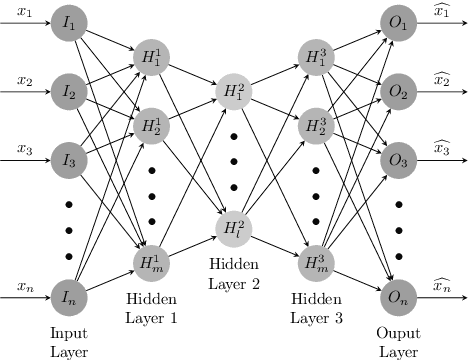
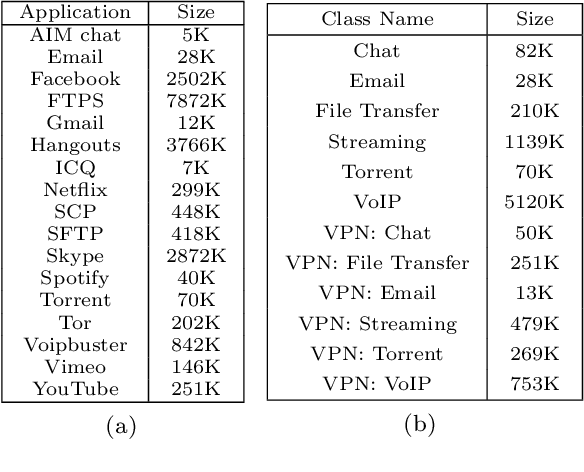
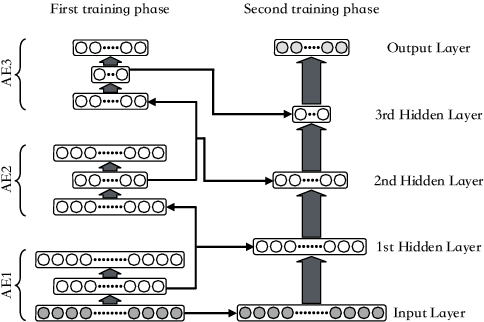

Abstract:Internet traffic classification has become more important with rapid growth of current Internet network and online applications. There have been numerous studies on this topic which have led to many different approaches. Most of these approaches use predefined features extracted by an expert in order to classify network traffic. In contrast, in this study, we propose a \emph{deep learning} based approach which integrates both feature extraction and classification phases into one system. Our proposed scheme, called "Deep Packet," can handle both \emph{traffic characterization} in which the network traffic is categorized into major classes (\eg, FTP and P2P) and application identification in which end-user applications (\eg, BitTorrent and Skype) identification is desired. Contrary to most of the current methods, Deep Packet can identify encrypted traffic and also distinguishes between VPN and non-VPN network traffic. After an initial pre-processing phase on data, packets are fed into Deep Packet framework that embeds stacked autoencoder and convolution neural network in order to classify network traffic. Deep packet with CNN as its classification model achieved recall of $0.98$ in application identification task and $0.94$ in traffic categorization task. To the best of our knowledge, Deep Packet outperforms all of the proposed classification methods on UNB ISCX VPN-nonVPN dataset.
 Add to Chrome
Add to Chrome Add to Firefox
Add to Firefox Add to Edge
Add to Edge